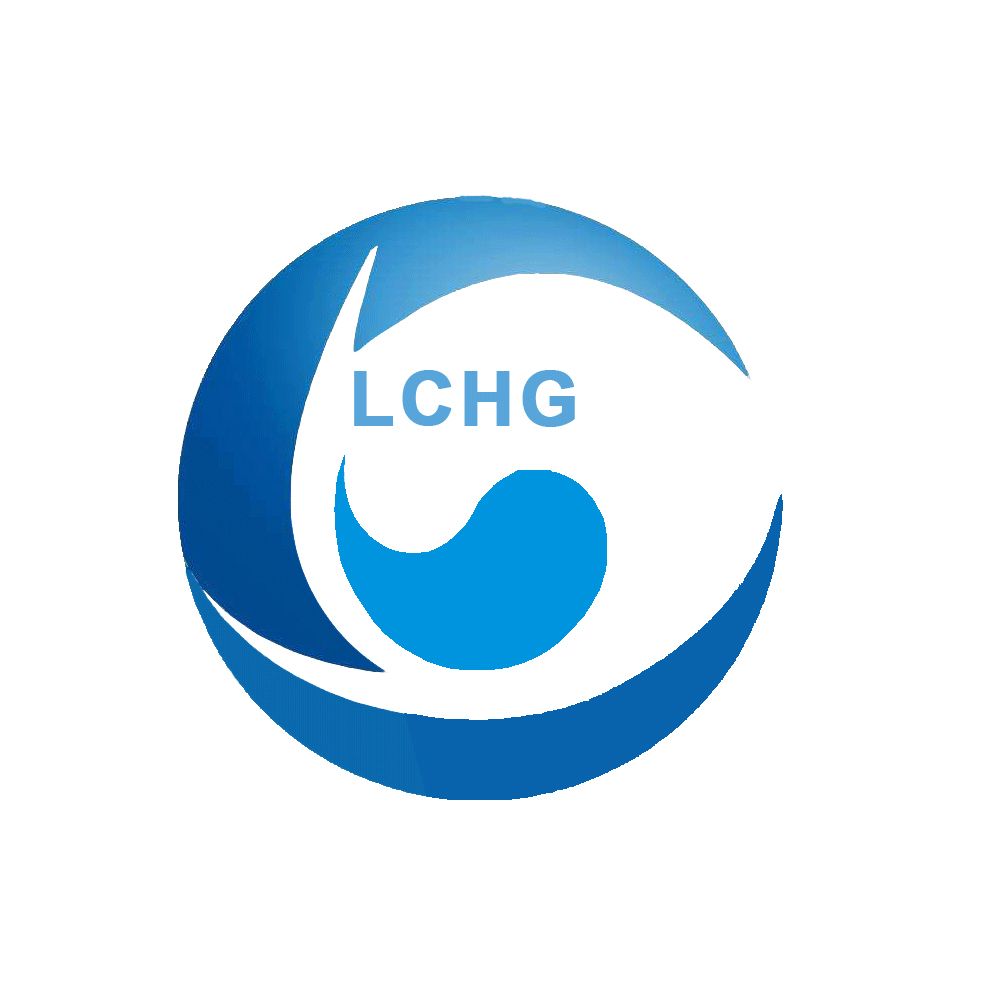The immunomodulatory effect and mechanism of AHP-III, a single component of polysaccharides from Acanthopanax senticosus, on macrophages
The traditional Chinese medicine, Acanthopanax giraldii Hams, is the stem bark of the Acanthopanax giraldii plant in the Araliaceae family. It is mainly produced in Gansu, Ningxia, Qinghai, Sichuan and other regions, and has the effects of dispelling wind and dampness, strengthening muscles and bones, promoting blood circulation and diuresis. Acanthopanax giraldii Hams polysaccharide is one of its active ingredients, which has pharmacological effects such as anti-tumor, antiviral, hepatoprotective, and immune regulation.
Macrophages are widely distributed in different tissues of the body, not only participating in innate and adaptive immune responses, but also serving as “bridge cells” between the two. Activated macrophages can engulf foreign objects or directly kill pathogens and tumor cells; And it can participate in the body’s immune response by releasing tumor necrosis factor alpha (TNF – α), interleukin-6 (IL-6), NO and other related cytokines. Previous studies have shown that polysaccharides from traditional Chinese medicine can activate macrophages and promote the release of cytokines such as TNF – α, IL-6, and NO.
This article focuses on the study of the activation effect of AHP-III, a single component of polysaccharides extracted from the skin of Acanthopanax senticosus by our research group, on mouse macrophage RAW264.7 cells, and attempts to explore its mechanism.
The immune response maintains the balance and stability of the internal environment of the body by “recognizing” and eliminating antigenic foreign substances. Inflammation is caused by intense immune responses, characterized by coordinated activation of various signaling pathways, regulating the expression of pro-inflammatory and anti-inflammatory mediators in tissue cells and blood leukocytes; Effective inflammatory response relies on complex cellular and molecular interactions between the immune system, vascular system, and tissues, which can enhance the body’s immune regulatory function. For example, plant polysaccharides can activate macrophages to enhance their phagocytic killing function, as well as release relevant cytokines to achieve immune regulatory effects.
Macrophages are important immune cells in the body, playing a role in resisting infections, maintaining internal environment stability, and immune surveillance. Activated macrophages can produce immune responses and inflammation related bioactive molecules, such as NO, interleukin (IL), tumor necrosis factor (TNF), etc. Previous reports have shown that macrophages can serve as target cells for polysaccharides and are often used as ideal cell models to evaluate the immunomodulatory activity of polysaccharides. Liu et al. found that polysaccharides from Panax ginseng flowers can enhance macrophage immune activity by enhancing macrophage phagocytic ability and releasing immune factors. In addition, research has found that Ganoderma lucidum polysaccharides and Poria cocos polysaccharides also have an activating effect on macrophages.
At present, research on the biological activity of polysaccharides mainly focuses on crude polysaccharides, which have complex components and are not conducive to elucidating the mechanism of action of polysaccharides. The research team isolated and purified three single components from crude polysaccharides of Acanthopanax senticosus in the early stage. Based on the previous research of the research team, this study explores the activation effect and mechanism of Acanthopanax senticosus polysaccharide AHP-III on mouse macrophage RAW264.7.
The phagocytic function of macrophages is the fundamental defense mechanism of innate immunity. The neutral red test showed that AHP-III can enhance the phagocytic ability of RAW264.7 cells, and there is a significant difference within the experimental concentration range. NO is a signaling molecule secreted by macrophages that plays an important role in immune regulation and inflammatory response in the body. It is catalyzed by three types of NO synthase, and some external stimuli such as interferons and inflammatory factors (TNF – α, IL-6) can activate inducible NO synthase (iNOS). IL-6 and TNF – α are often used as markers for the activation of pro-inflammatory cytokine systems. RT qPCR and ELISA experiments have shown that AHP-III increases the expression levels of TNF – α and IL-6 genes, thereby increasing the release of these cytokines. In the ELISA experiment, the release of TNF – α cytokines in the blank group was lower than the minimum threshold of the standard curve, and the release was relatively small, resulting in a calculated result of 0; RT qPCR experiments showed that the expression level of iNOS gene increased with the increase of drug dosage, and there was a significant difference compared with the blank group; Meanwhile, according to the Griess test, it was found that the NO secretion in the treated group significantly increased compared to the blank group. The above experimental results indicate that AHP-III can promote cytokine release and play an immunomodulatory role by increasing the expression of cytokine genes.
NF-KB has long been considered a typical pro-inflammatory signaling pathway, largely based on the activation of pro-inflammatory cytokines such as interleukin and tumor necrosis factor, which can mediate inflammatory responses through macrophages. RAW264.7 macrophages are stimulated by inflammatory factors such as TNF – α and IL-6, which activate IKK kinase in the NF-KB signaling pathway. Phosphorylated IKK can phosphorylate IkBa and release NF-KB dimers, increasing the phosphorylation level of NF-KB signaling pathway related proteins. The Western blot experiment results showed that after AHP-III stimulation of RAW264.7 macrophages, the phosphorylation levels of p65, IKK β, and IkB α in NF-KB were significantly increased. It has been confirmed that AHP-III may activate the NF-KB signaling pathway by inducing phosphorylation of p65 and IKK β in NF-KB, thereby stimulating the activation of RAW264.7 macrophages.
In summary, compared with the blank group, the AHP-III experimental group showed a significant increase in the phagocytic ability of RAW264.7 macrophages, and the release and gene expression levels of cytokines NO, IL-6, and TNF – α were significantly upregulated, with a certain dose dependence; At the same time, the phosphorylation levels of p65 and IKK β in the NF-KB signaling pathway were significantly increased. It can be inferred that AHP-III may achieve immunomodulatory effects by activating the NF-KB signaling pathway, providing a theoretical basis for the further development and utilization of polysaccharides from Acanthopanax senticosus.
